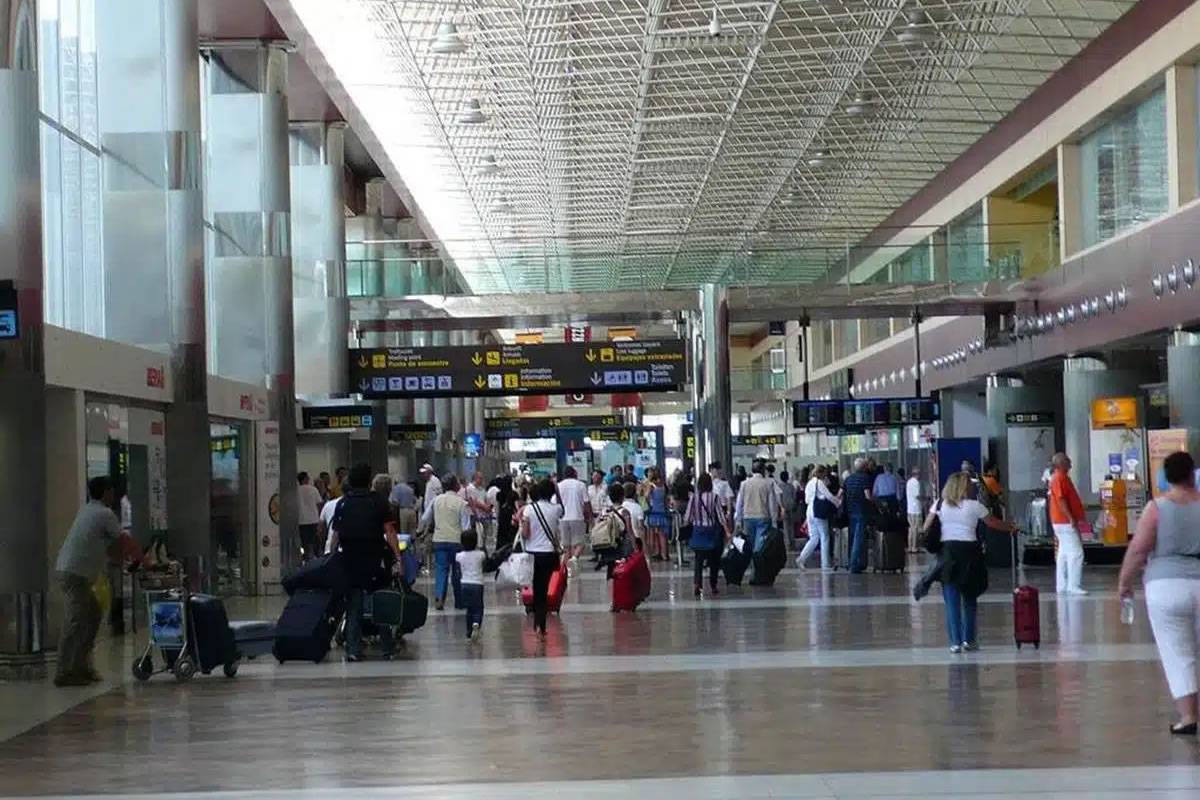Over 10 million international passengers visited the Canary Islands this year
- 20-10-2023
- National
- Canarian Weekly
- Photo Credit: Europa Press
According to data released yesterday (Thursday) by Turespaña, the Canary Islands have received over 10 million international passengers between January and September 2023, marking a significant increase of 13.5% compared to the same period in the previous year.
Of this total, 6 million passengers were transported by low-cost airlines, representing a notable growth of 17.8%, while traditional carriers moved 4 million passengers, reflecting a 7.5% increase.
In September alone, Canary Islands' airports received 1.02 million people, a 7.5% increase compared to the same month in the previous year.
During the same period, Spain as a whole witnessed an impressive 19.1% increase in international passengers, totalling 73.2 million for the first nine months of 2023. In September, the number of international passengers arriving in the country reached 9.6 million, a 10% rise compared to September 2022.
The Minister of Tourism, Héctor Gómez, said in a press release that the diversification of tourist source markets, with visitors coming from various locations, is excellent news for an industry undergoing a profound transformation in terms of destination quality and available travel experiences.
The main countries sending tourists to Spain have shown remarkable increases of over 10%, with Poland leading the way with a growth rate of 34.3%, followed by Portugal and Italy at 18.6% and 17.7%, respectively.
The United Kingdom accounted for 2.2 million international passengers in September, contributing to 23.4% of the total arrivals in Spain, with a year-on-year increase of 9.6%. The Balearic Islands received the highest number of arrivals, at 27.2%, followed by the Canary Islands at 20.7%. Additionally, the Green Spain region (Galicia, Cantabria, and Asturias) experienced significant double-digit increases.
Germany sent 1.4 million passengers (15% of the total) to Spain in September, marking a 10% increase, with a substantial portion heading to the Balearic Islands (46.4% of passengers) and experiencing notable growth in Valencia and Andalusia.
Approximately 900,000 passengers arrived from Italy, in September, accounting for 9.1% of the total and showing a year-on-year growth of 17.7%, benefiting Catalonia and the Madrid region. The Basque Country saw the most significant year-on-year growth in this category at 150%.
France contributed 7.4% of total passengers in September, displaying a 10.8% increase that particularly favoured Catalonia and Madrid, which jointly received 47.2% of French arrivals.
In September, 55.9% of total passengers arrived from the European Union, reflecting a 13.1% increase, while the remaining 44.1% arrived from other parts of the world, with a 13.3% growth.
Other articles that may interest you...
Trending
Most Read Articles

Featured Videos
A Vision of Elvis Tenerife Promo
- 10-05-2025
TEAs 2025 Highlights
- 17-11-2025

























































